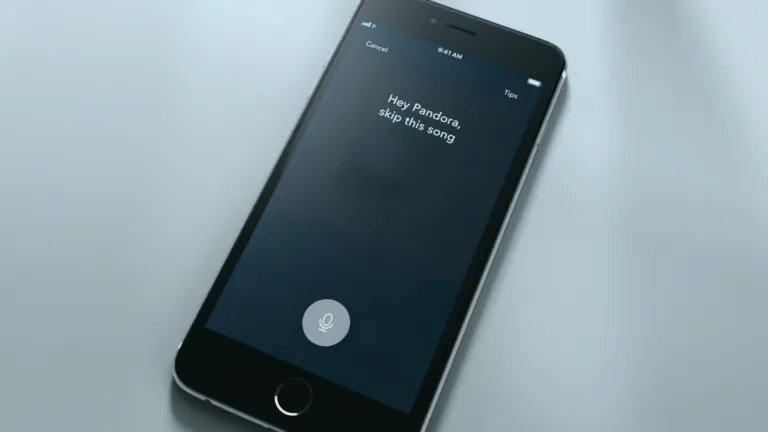
How Brand-Owned Voice Assistants Offer Key Advantages
For manufacturers and brands across industries, the imperative to provide a voice user interface is understood. What isn’t as clear is how to get there. Challenges, such as cost, time to market, and aligning to overall business goals, are some of the reasons many companies continue to “wait and see.”









